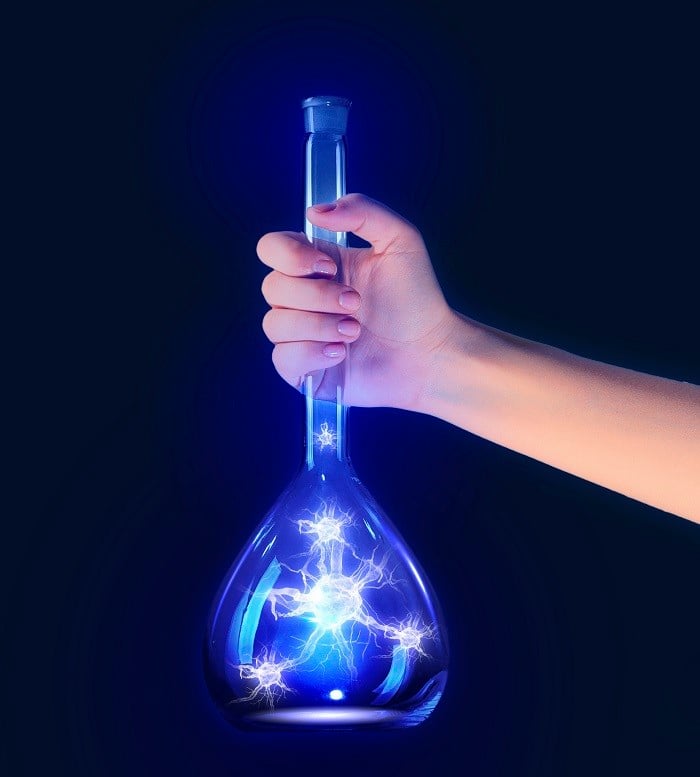Our current reality is the sum total of our best thinking and efforts. Unless you have given up completely, you have to be a little dissatisfied. We can collectively do better. If the current models of change were sufficient and efficient to dynamically evolve our problems toward better solutions at an inspiring rate, we would be evolving. They are not bad, some are quite genius, they all contain a fundamental omission: Energy. None of them address the Energy Paradox that fuels the Extraordinary person to Inspire Innovation and Drive Change.
Energy—the capacity to do work or cause change
![]()
There can be no work or power or change without energy
Recently, my friend Pete told me about the drills they use at his job and how they burn-out quickly under the demanding workload. He then told me about a friend of his who makes extra money repairing the burnt-out drills. His friend told him the drill motors are capable of meeting the workload, but they burn out because they are not getting enough energy (amps). Without ample energy, the motors burn themselves out in the effort to satisfy the work demand. However, if they had a bigger amp power cord they would work fine. It merely is a matter of increasing the amps to the motor so the drill can powerfully do its work.
Similarly with individuals seeking to create change—increase their energy and they are empowered to do more work and create more change, with less harm. Conversely, if the demand increases while the energy supply does not, then the specter of stress appears, burnout naturally follows with harm close behind. (Read more about this in Energy is The Key to Wellness)
Work—exertion or effort directed to produce or accomplish something

There is no explicit mention of energy in the definition of work, and yet "work" is explicit in the definition of energy. The definition of work should read: "Work—energy directed to produce or accomplish something." If you increase the work demand but do not increase the energy, the catalyst, like the drill, will burn out. The inertia of the status quo will poison the catalyst. Poison? yes poison. A poison is a substance that weakens a structure or slows/inhibits a catalyst. In other words, prevents change. What do you do with the inertia and resistance to change? Work harder? Think positively? Grit it out? Plan better? Punish the laggards? Exile the detractors? All remedy the problem, none empower the solution.
We have expanded the definition of Innovation to indicate a process wherein a person, a catalyst, inspires energy in places where there is insufficient energy to evolve into a higher state of functioning. This is the paradox of energy and change: you need more energy to change and you need to change in order to gather more energy in order to change. We understand and accept this and so all of our training is focused on the inclusion of Energy use to succeed—we use what we study as study what we use. In the School of Kung Fu thought, Shen Shing Wu Chan, this is the purpose and method of training. What we call a master in our lineage is a catalyst, an energy activist with Energy Independence.
It is worth noting that while the relative value of Chinese martial arts has waxed and waned over the years, it remains a vast precedence of knowledge and experience that has persevered through 5000 years of conflict and change. It has evolved into a rare form of self-mastery that was created out the worst of in human nature and conflict. It evolved in and through that same conflict and eventually transcended into an art form that nurtures good health and respect in human relations. It is a testament to the value of energy.
We study the laws of energy and power so that we can intentionally extend beyond resistance and inertia to inspire change. We use our form and weapon training to clarify our body, mind, and spirit to build and use energy efficiently. If we need something done we send catalyst energy first (Yi) and then we move to build energy to fuel change and do work. We function in concurrent awareness of our energy, our Adaptation Energy-Qi AND our task. When done correctly, we accomplish the task with a surplus of energy. It may sound strange to value energy in this manner, but you practice a form of this with your phone or car.
If to empower is to give power and power is defined as units of work over units of time or units energy transferred per unit of time, then to empower the innovator is to teach them how function like a catalyst in a system—to efficiently build energy and focus it into a system, to inspire energy and manifest change without being depleted. Thus, the most empowered innovators have command of their energy independence and believe in their ability to efficiently work toward manifesting their vision of a better world or a way of being.
Efficient—performing in the best possible manner with the least waste of time, effort, and Energy.
Once the purpose and value of A.E.Q energy is established, the next phase how to build it efficiently to use it efficiently. This requires an investment of time and...you guessed it, Energy.

